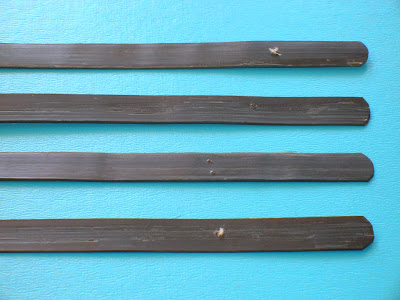A lovely illustration from an ad for Warner's Rust-Proof Corsets published in the April, 1908 edition of The Designer.

Pretty, pretty, pretty. The copy explains how Warner's has advanced corsetry with rust-proof boning, stocking supports, and "now in 1908 the standardizing of the construction of our 61 styles, so that every corset bearing the name of Warner's, whether selling at $1.oo or $5.00, shall be equal in wear and unbreakableness." I love that word, unbreakableness.
I found the magazine at a garage sale tucked between a 1978 JC Penney catalog and a Sears catalog from the same era. Not wanting to alert anyone that I had found something cool, I kept it between the two telephone book sized catalogs and said, "I'll take these three." "At a quarter each that'll be 75¢." Score!
You learn a lot about how women lived when you look at an antique magazine like this. In addition to stories, cooking advise, and household tips, there are several pages of the latest fashions for the lady of the house and her children. There are ads for the things you'd expect, hats, cleaning products, and food. And some for things you might not, like the two ads for raising poultry at home.















































